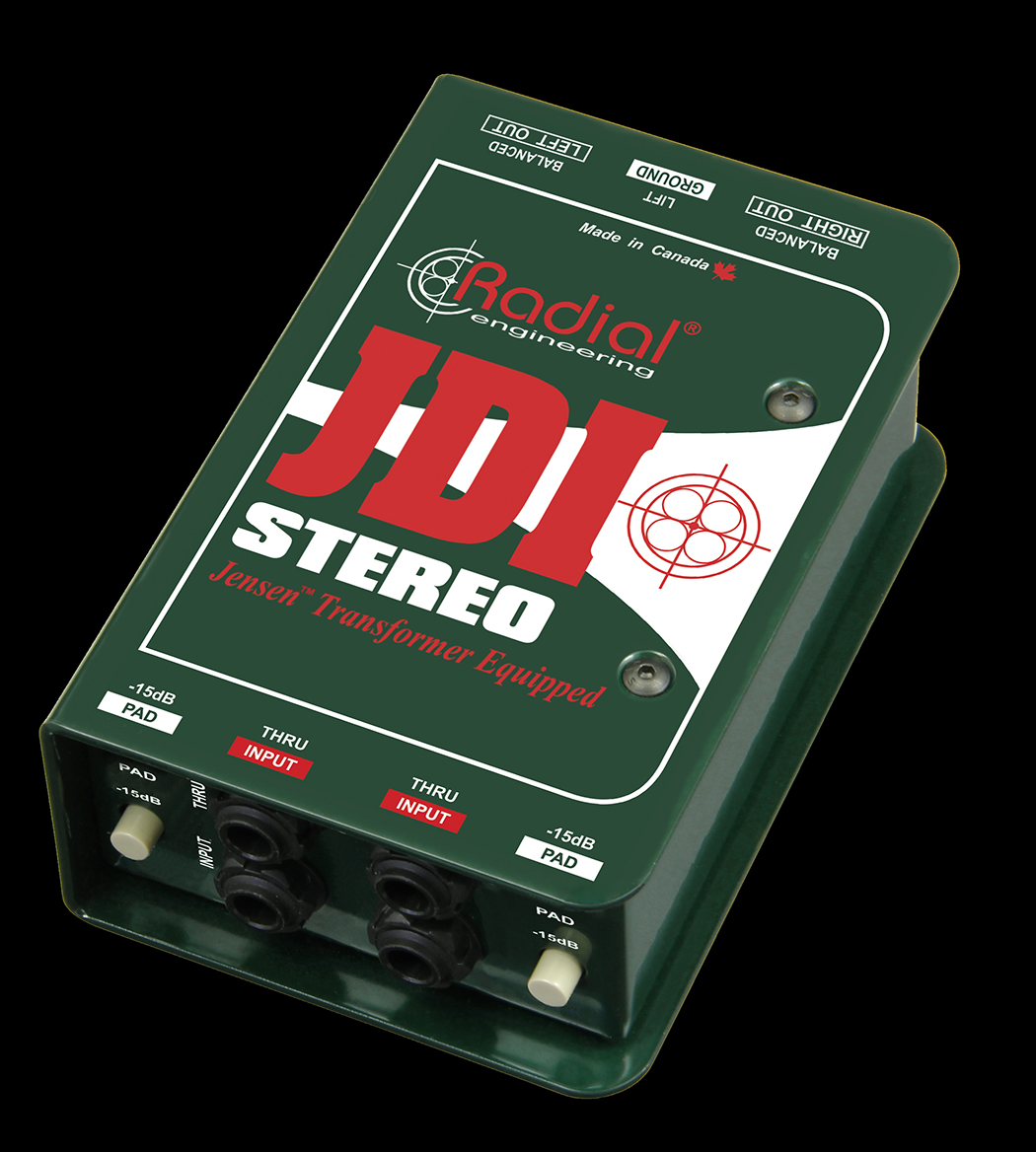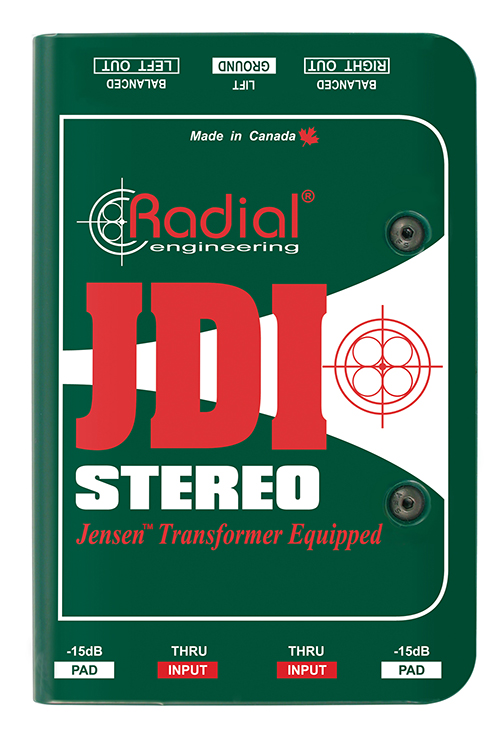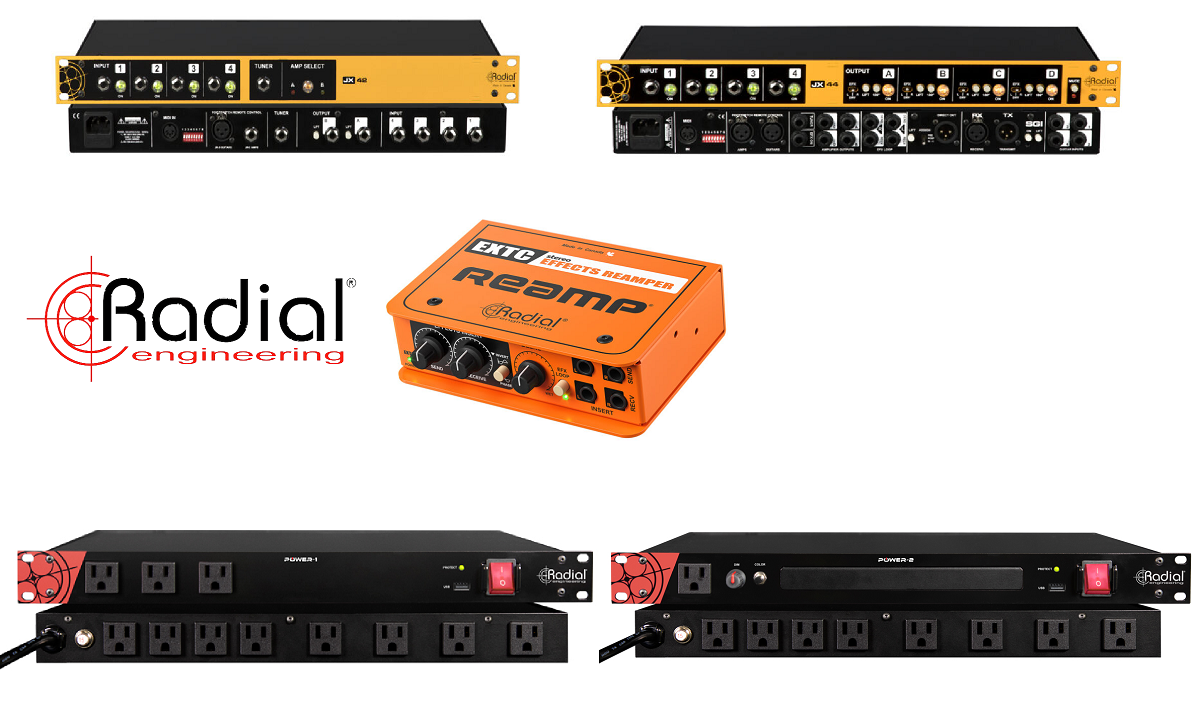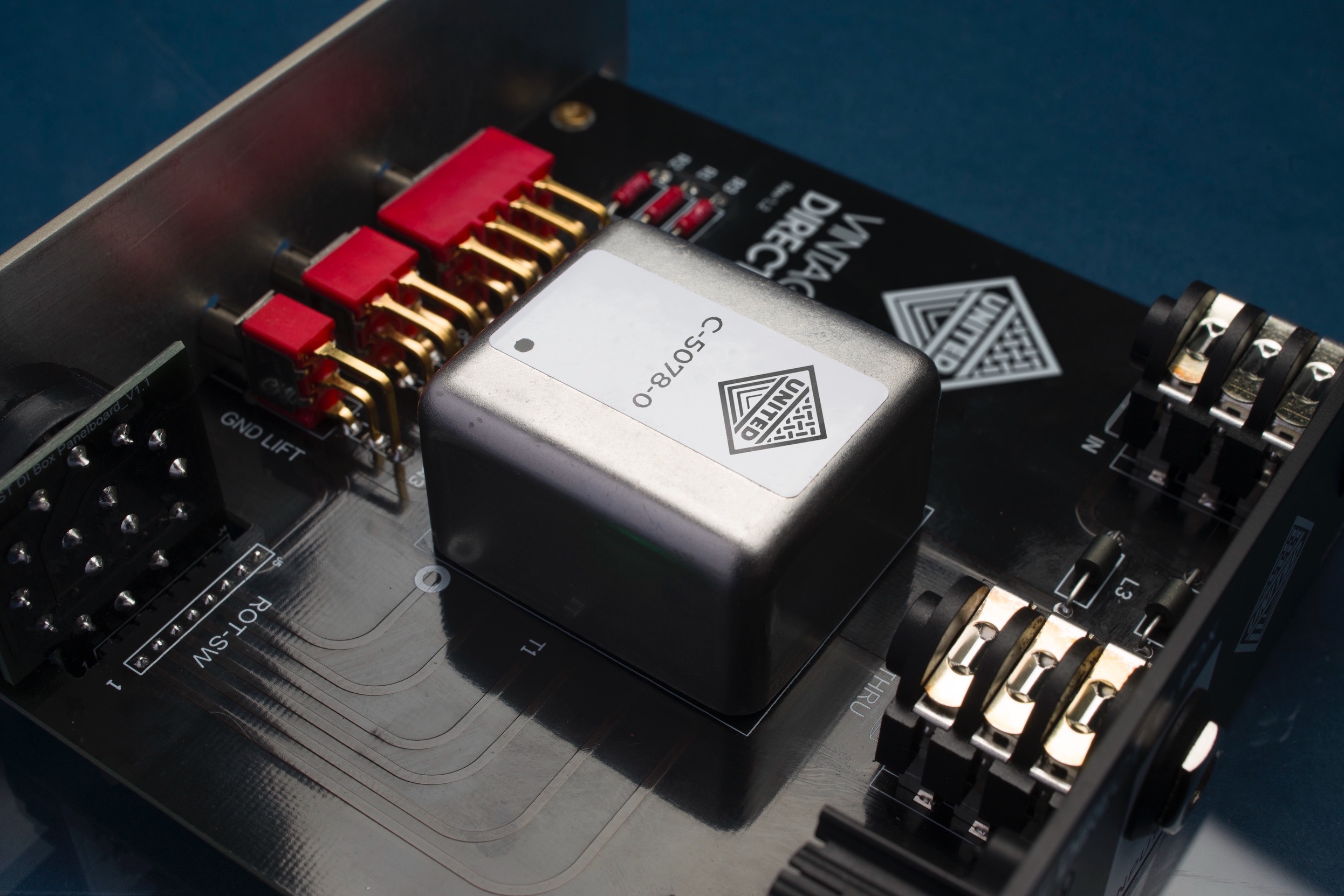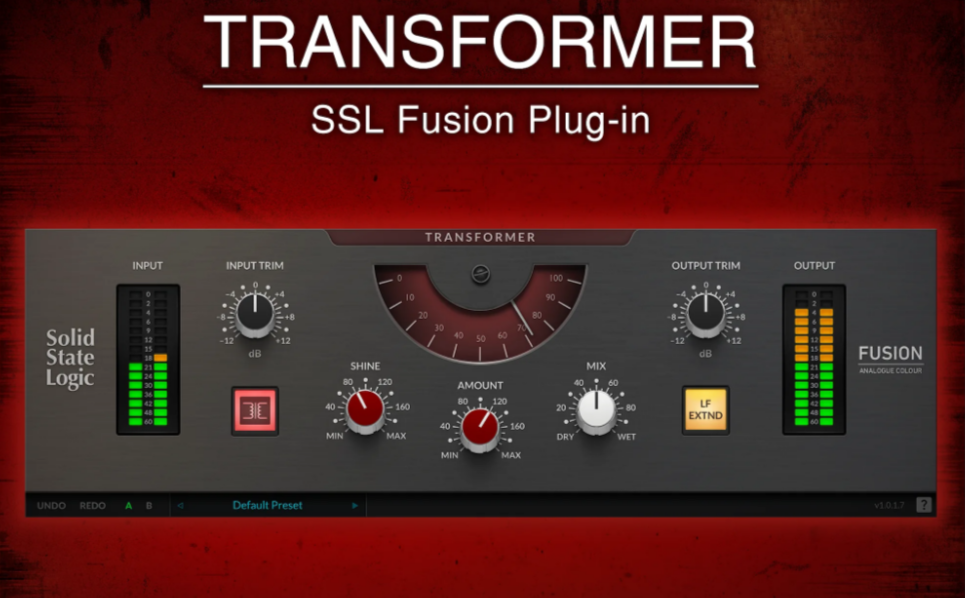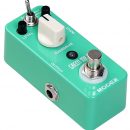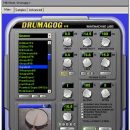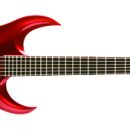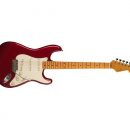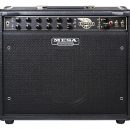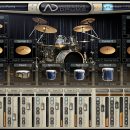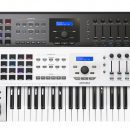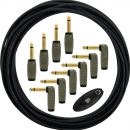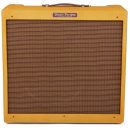 Radial has a long history of building tour-grade DI boxes, line mixers, and other rig infrastructure products that are built like tanks. While DI boxes may not be as glamorous as your favorite instrument, these devices are unquestionably an important part of your sound quality, whether live on stage or tracking in the studio. A bad signal path can make even the best of instruments (and player!) sound lousy. If you play instruments that require a direct connection to a mixer or audio interface, you owe it to yourself to have one or two premium DIs around!
Radial has a long history of building tour-grade DI boxes, line mixers, and other rig infrastructure products that are built like tanks. While DI boxes may not be as glamorous as your favorite instrument, these devices are unquestionably an important part of your sound quality, whether live on stage or tracking in the studio. A bad signal path can make even the best of instruments (and player!) sound lousy. If you play instruments that require a direct connection to a mixer or audio interface, you owe it to yourself to have one or two premium DIs around!
Keyboard players, in particular, should take note of the Radial JDI Stereo DI box, as it will take your keyboard rig, and especially vintage electromechanical keyboards, to the next level sound-wise. The big deal about Radial’s JDI is not just that it offers stereo operation, but it utilizes passive Jensen transformers, which deliver your signal with low noise, low distortion, and a very “lively” presentation of your sound. Our vintage keyboards never sounded so good!
Features
DI is short for “Direct Injection,” and the primary use of a DI box is to convert unbalanced, instrument-level signals to balanced, mic-level signals best suited to connecting to microphone preamp inputs on mixing boards and audio interfaces.
The Radial JDI is a 1.5 pounds, 14-gauge steel encased, DI box that packs quite a bit into a small (and tank-like) footprint. You get left and right quarter-inch, unbalanced inputs (to connect your instrument(s)), two quarter-inch thru-puts (to connect the hi-Z instrument signal to an amp, tuner, or PMS), and two XLR balanced, low-Z mic level outputs to go your recording console or front of house mixer.
Additionally, the JDI has independent -15 dB pads for each side, so it is easily utilized in a dual-mono configuration for multiple mono sound sources. The box itself utilizes a bookend design, meaning the metal front and rear extend just beyond the switches and connectors, providing additional physical protection. There’s also an attached foam pad underneath the DI that isolates the JDI from the amp it may be sitting on, and which also keeps it from sliding around on stage. A ground lift button reduces hum and buzz from ground loops, and does this by disconnecting pin-1 at both XLR outputs.
Ins and Outs aside, the JDI’s big selling point are its two Jensen transformers. To quote Radial: “These can be hit hard with plenty of level without worry. In fact, many artists and engineers enjoy the sound of the JDI when pushed hard as it will exhibit a natural compression when the transformer is pushed towards saturation.” Having said that, you do need an input signal strong enough to drive these transformers, as this is a passive direct box. Piezo pickups and sound-hole acoustic guitar pickups are better off with an active direct box (Radial makes a number of those, too).

For those techies who like numbers, here are some specs:
Audio circuit type: .................................................Passive, transformer isolated
Frequency response:. ............................................20Hz ~ 20KHz (±3db)
Dynamic range: .......................................................135dB
Maximum input: ....................................................+21dB @ 20Hz ~ 20kHz
Phase deviation:.......................................................0.3° @ 100Hz; 3° @ 20Hz
Input impedance:...................................................130kΩ, unbalanced
Output impedance: ..............................................150Ω, balanced
Transformer: ......................................................... Jensen JT-DB-E, 12:1 ratio Shield:........................................................................Dual Faraday, mu-metal can
Usability
DIs are pretty straightforward. Connect your instrument, connect to your outboard receiving equipment, engage the pad if needed, and optionally connect the through signal to your amp or personal monitoring solution. As a passive device, no power is required, so it’s easy enough to keep one of these in your gig bag for use at any time.
We have a great collection of vintage keyboards in our studio, and made use of the JDI in a dual-mono configuration, running a Wurlitzer through one side and a Rhodes through the other.
The saying goes, what goes in, must come out? This is mostly true. We tested out the JDI on our vintage keyboards and loved what we heard. The output was clear, with no hum, and while we were initially skeptical about the effect that Jensen transformers would have, we came away convinced that there is a difference to be heard!
We found that the transformers made a subtle but noticeable (in a good way) difference to the sound of our vintage Wurlitzer and Rhodes, somehow managing to add a bit of warmth, brightness, and clarity to their sounds. Playing back before-and-after samples that we tracked in the studio, it was obvious that the Radial JDI made our beloved classic keyboards sound even better. Given that we don’t have a classic SSL board laying around in our studio, running our signal through the JDI should suffice quite nicely instead (early SSL mixers featured Jensen transformers on the input stage).
Documentation and Product Support
We thought the PDF manual was quite good, and it provided useful examples of how to utilize the JDI. Taking things one step beyond, it also provided some background as to why certain sources may sound good and why they might not. Knowledge is power!
Price
The Radial JDI (MSRP $330) sells for approximately $299. While this is certainly not the cheapest DI box around, you get what you pay for. It’s practically indestructible, and the beautiful sounding Jensen transformers truly elevate the quality of your source keyboard sound in just the right, subtle way. Given the stereo or dual-mono capability and the availability of accessories for rack mounting multiple JDIs, if you have the cash, this is an excellent investment that you will make use of indefinitely.
Contact Information
Radial Engineering
www.radialeng.com

